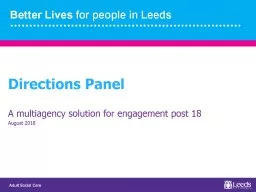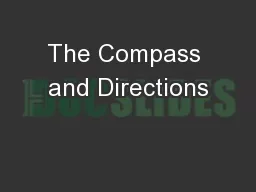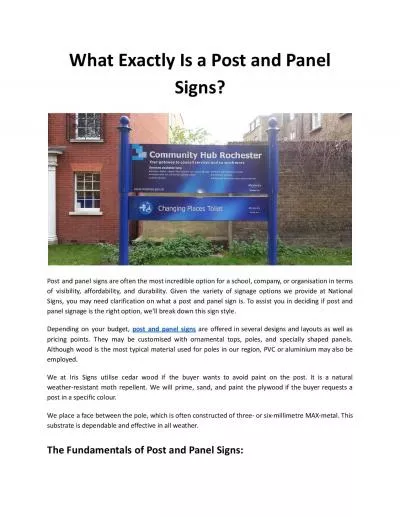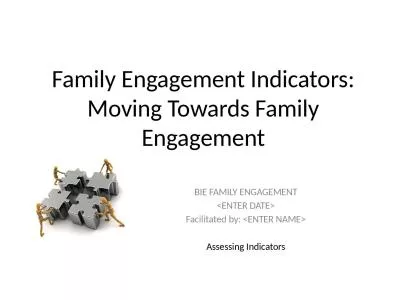PPT-Directions Panel A multiagency solution for engagement post 18
Author : rozelle | Published Date : 2020-06-25
August 2018 What is the Directions Panel This panel was developed following discussions amongst social care professionals in regards to care leavers and those of
Presentation Embed Code
Download Presentation
Download Presentation The PPT/PDF document "Directions Panel A multiagency solution ..." is the property of its rightful owner. Permission is granted to download and print the materials on this website for personal, non-commercial use only, and to display it on your personal computer provided you do not modify the materials and that you retain all copyright notices contained in the materials. By downloading content from our website, you accept the terms of this agreement.
Directions Panel A multiagency solution for engagement post 18: Transcript
Download Rules Of Document
"Directions Panel A multiagency solution for engagement post 18"The content belongs to its owner. You may download and print it for personal use, without modification, and keep all copyright notices. By downloading, you agree to these terms.
Related Documents














